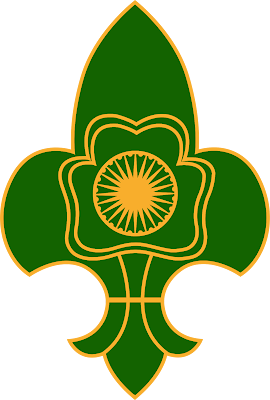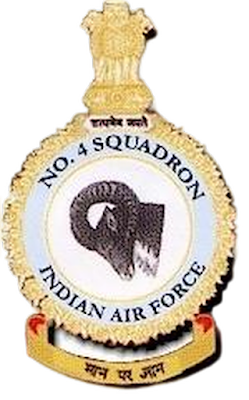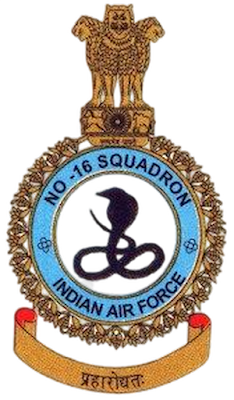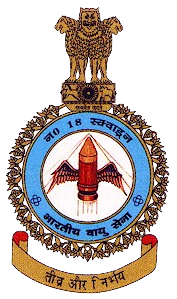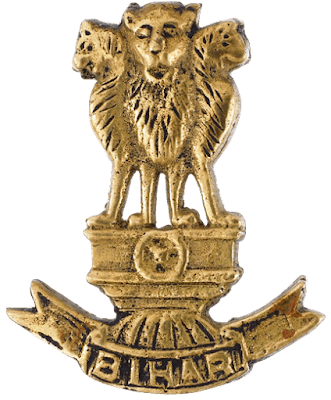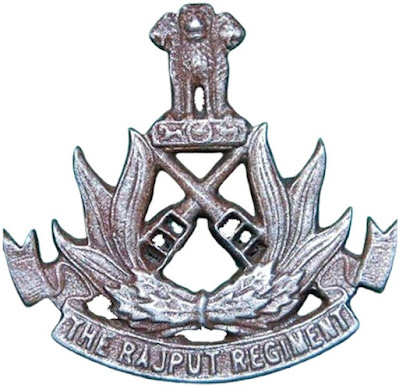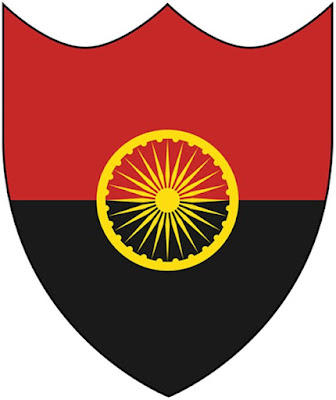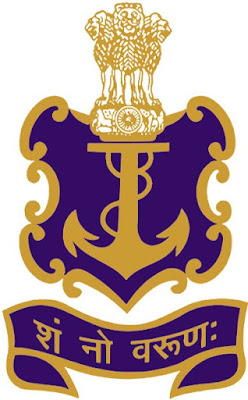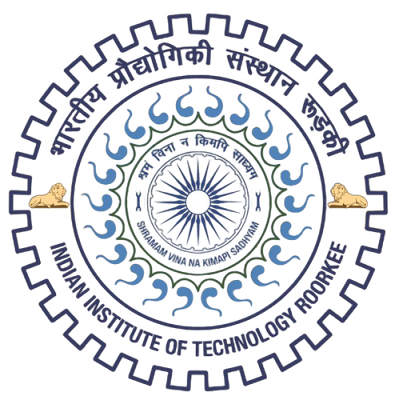INDIAN AIR FORCE The Indian Air Force (IAF) was officially established on October 8, 1932. Its first flight came into being on April 1, 1933. It possessed a strength of six RAF-trained officers and 19 Havai Sepoys (literally, air soldiers). In January 1950, India became a Republic within the British Commonwealth and the Indian Air Force dropped its ‘Royal’ prefix. At this time, it possessed six fighter squadrons of Spitfires, Vampires and Tempests, operating from Kanpur, Poona, Ambala and Palam, one B-24 bomber squadron, one C-47 Dakota transport squadron, one AOP flight, a communications squadron at Palam and a growing training organisation. The Motto of Indian Air Force has been taken from eleventh chapter of the Gita, the discourse given by Lord Krishna to Arjuna on the battlefield of Kurukshetra during the Great War of Mahabharata . The Lord is showing His Supreme Divine form to Arjuna and the great form of the Lord is reaching the sky with glory, evoking


